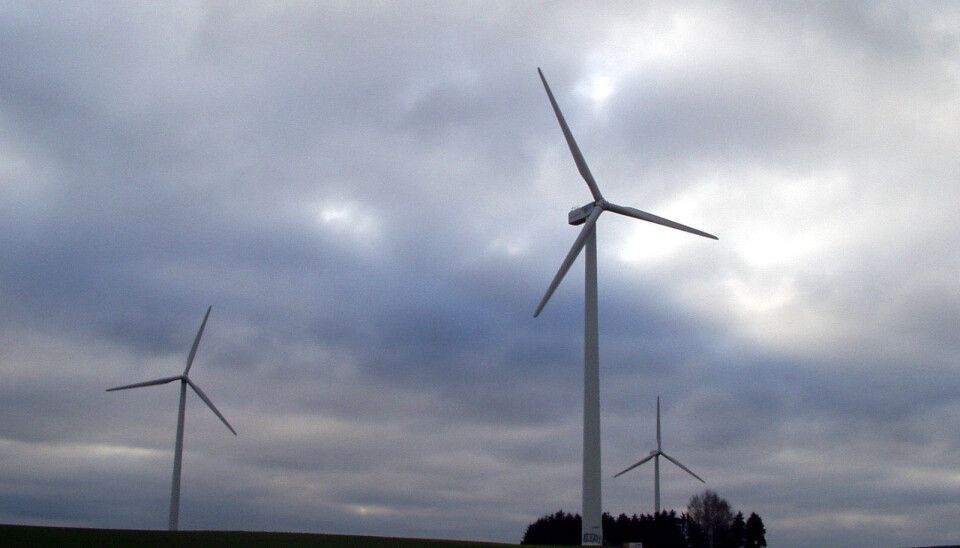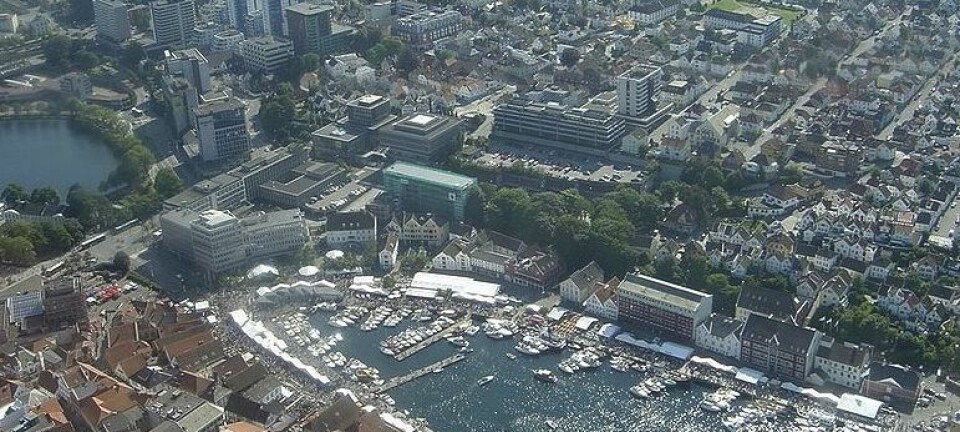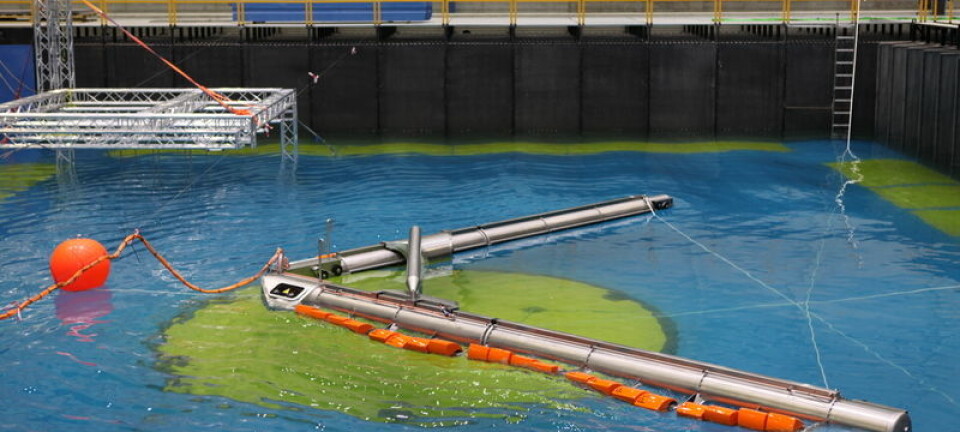
Green energy will cut healthcare costs
Changing to green energy sources will cut healthcare costs and offset some of the costs of changing energy system, according to new models that calculate how air pollution spreads.
Air pollution is an indirect cost to society as it is a source of asthma and heart and lung diseases.
The Centre for Energy, Environment and Health (CEEH), a multi-disciplinary research centre in Denmark, has developed a new mathematical model that makes it possible to include healthcare costs in the overall costs of different energy systems.
The new model shows that an energy system with sustainable energy sources is cheaper than previously thought when all costs are included.
“Our model shows the price for investing in any energy system, and then shows what that energy system actually costs Denmark in terms of healthcare and other expenditure when people fall ill or die prematurely because of it,” says Eigil Kaas, CEEH’s director and a professor of meteorology and climate dynamics at the Niels Bohr Institute under the University of Copenhagen.
Climate commission’s scenarios get cheaper

In 2010, a government-appointed climate commission issued a report proposing how Denmark’s energy system can be made independent of fossil fuels.
The report showed that while it would cost more to invest in sustainable energy technologies than to keep the same type of energy sources that Denmark has today, the extra costs were surprisingly small.
And the CEEH’s new calculations show that taking the commission’s ambitious path and using energy from wind turbines, solar panels and geothermal sources in the period to 2030 would be the most neutral energy system change path in terms of total expenditure compared with continued use of fossil fuels.
According to the commission, changing to renewable energy sources will cost Denmark between €270 and €670 million (2 and 5 billion Danish kroner -- DKK) a year until 2030.
The changeover will then cost €1.2-1.6 billion (9-12 billion DKK) a year until 2050, because of the planned switch to electrically driven vehicles in Denmark.
The CEEH has used its mathematical models to calculate the climate commission’s conclusions. This shows that Denmark can reduce healthcare costs by €270-400 million (2-3 billion DKK) a year by changing to wind turbines, solar panels and the biofuels that the country can produce itself.
“This means that the savings in healthcare costs will largely offset the costs of changing to an ambitious energy system without fossil fuels by 2030,” says Kaas. “After 2030, the changeover will cost more because the last step in going to 100 percent sustainable energy sources is very expensive.”
New advanced models
In order to include future socio-economic aspects of air pollution, the CEEH researchers developed new models and methods. The crux of these new CEEH calculations is an economic optimisation model for energy systems – in fact, it’s the same model used by the climate commission in its calculations.
At the CEEH, this model has been expanded with the Economic Valuation of Air Pollution (EVA) model, which is used to calculate the size of indirect costs.
In addition to EVA, a Health Impact Assessment (HIA) model has been developed; this also includes demographic developments over coming decades.
Polluting particles and gases do not remain at the place where they were emitted. They are spread – and diluted – over large areas. Their distribution and dilution depend on the altitude of the emissions, local topography and wind direction. They can form new compounds depending on the temperature, and they affect some people more than others.
Thus it is not enough to calculate on the basis of the emissions themselves.
Local areas included
Both EVA and HIA therefore include calculations of the way air pollution develops over time and space. They can simulate how air pollution develops from day to day in the whole of Europe as weather conditions change and emissions vary.
The air pollution models can thus state which local areas will be affected by emissions, and by how much. In this way the models can predict how much pollution the people in these areas will be subjected to.
“In Denmark we know how many people are subjected to air pollution because we have a national personal ID system with data about people’s addresses,” says Kaas.
“We also know how old people are and other demographic parameters. If we invest in a certain energy system, we can calculate statistically how many people will fall ill. In this way we can make calculations that can show us the cost to society if people fall ill or die prematurely.”
World’s most advanced models
Although models always have limitations and can never be completely accurate, the new CEEH models give us a reasonably good indication of which energy system investment is economically best for Denmark, says Kaas.
“These are among the most advanced models in the world at the moment, and according to them there is no doubt that taking the ambitious path described in the climate commission’s report is relatively cheap – and considerably cheaper than the report itself says.”
-------------------------------
Read this article in Danish at videnskab.dk
Translated by: Michael de Laine









